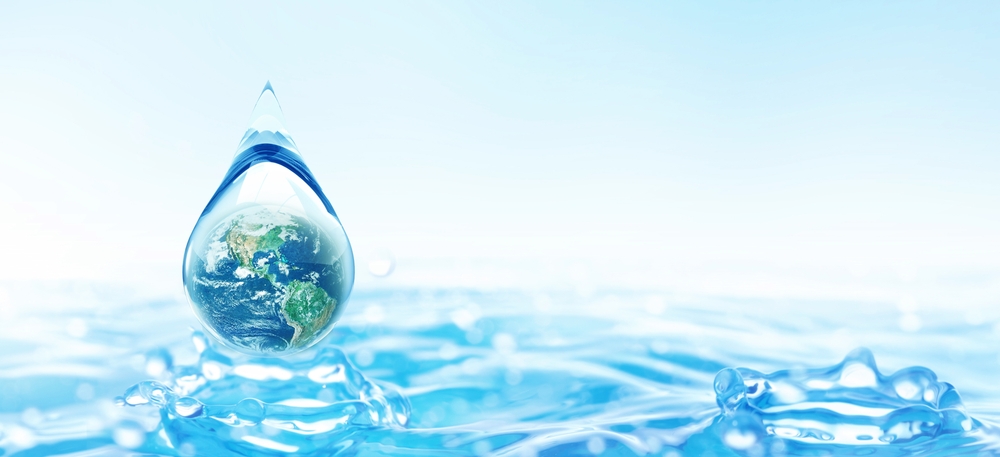
Researchers at the University of Cambridge have developed a floating, solar-powered device that can turn contaminated water or seawater into clean hydrogen fuel and purified water. The technology has potential for use in areas which have limited resources or are in off-grid areas, as it works with any open water supply and does not require any external electricity.
“In remote or developing regions, where clean water is relatively scarce and the infrastructure necessary for water purification is not readily available, water splitting is extremely difficult,” said co-lead author Ariffin Mohamad Annuar. “A device that could work using contaminated water could solve two problems at once: it could split water to make clean fuel, and it could make clean drinking water.”
Their new technique requires placing a photocatalyst on a nanostructured carbon mesh – which is an excellent absorber of both light and heat – to generate the water vapor required by the photocatalyst to produce hydrogen. The porous carbon mesh is coated to resist water, allowing the photocatalyst to float while also keeping it away from the water below, so that pollutants do not interfere with its operation. The coating used on top of the float is white and UV-absorbing coating to produce hydrogen through water splitting. The remainder of the sun spectrum is delivered to the device’s bottom, where it vaporizes the water.
“This way, we’re making better use of the light – we get the vapor for hydrogen production, and the rest is water vapor,” said Dr Chanon Pornrungroj, the paper’s co-lead author. “This way, we’re truly mimicking a real leaf, since we’ve now been able to incorporate the process of transpiration.”
“It’s such a simple design as well: in just a few steps, we can build a device that works well on water from a wide variety of sources,” said Annuar.
